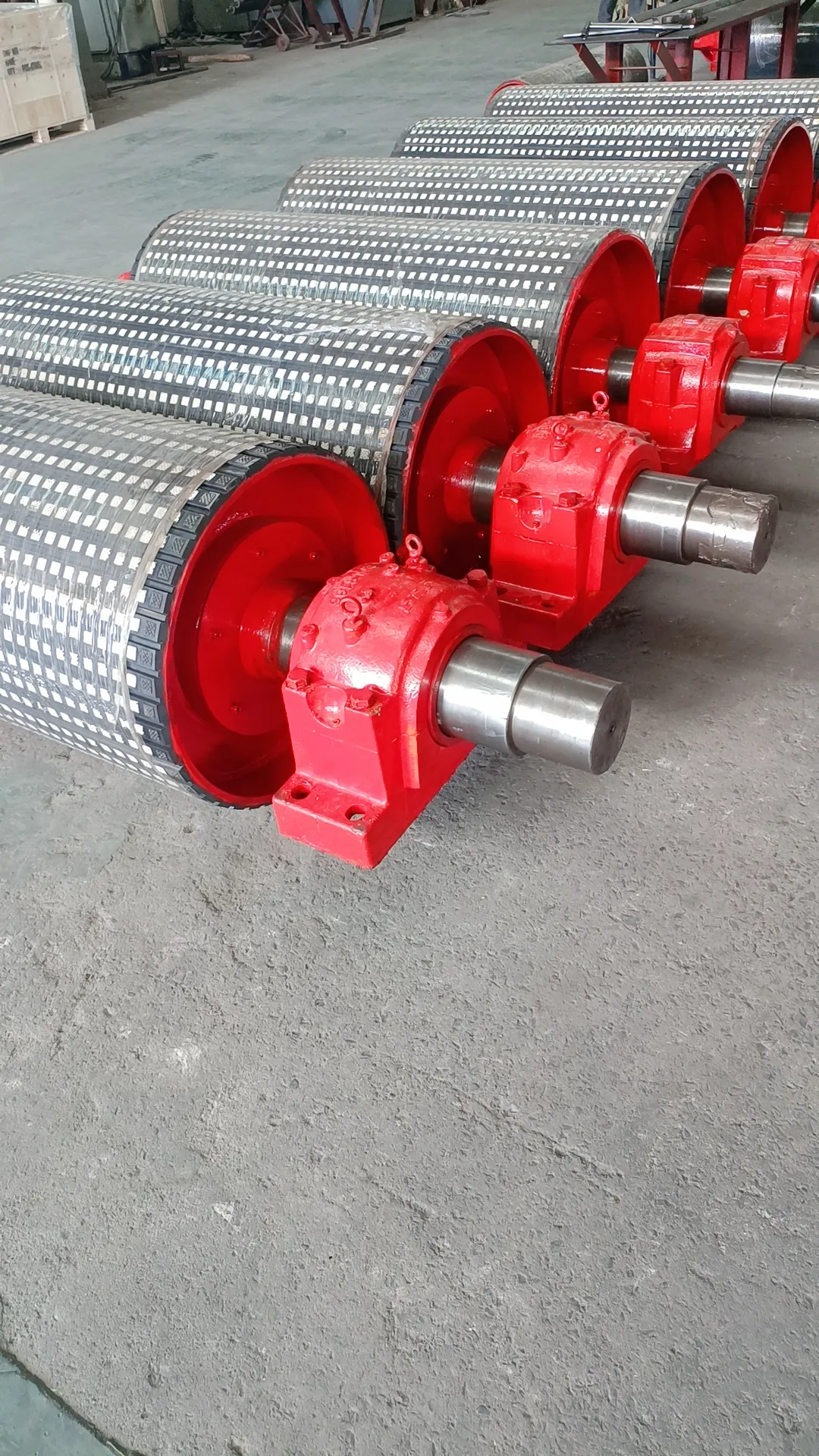 Afrikaans
Afrikaans  Albanian
Albanian  Amharic
Amharic  Arabic
Arabic  Armenian
Armenian  Azerbaijani
Azerbaijani  Basque
Basque  Belarusian
Belarusian  Bengali
Bengali  Bosnian
Bosnian  Bulgarian
Bulgarian  Catalan
Catalan  Cebuano
Cebuano  Corsican
Corsican  Croatian
Croatian  Czech
Czech  Danish
Danish  Dutch
Dutch  English
English  Esperanto
Esperanto  Estonian
Estonian  Finnish
Finnish  French
French  Frisian
Frisian  Galician
Galician  Georgian
Georgian  German
German  Greek
Greek  Gujarati
Gujarati  Haitian Creole
Haitian Creole  hausa
hausa  hawaiian
hawaiian  Hebrew
Hebrew  Hindi
Hindi  Miao
Miao  Hungarian
Hungarian  Icelandic
Icelandic  igbo
igbo  Indonesian
Indonesian  irish
irish  Italian
Italian  Japanese
Japanese  Javanese
Javanese  Kannada
Kannada  kazakh
kazakh  Khmer
Khmer  Rwandese
Rwandese  Korean
Korean  Kurdish
Kurdish  Kyrgyz
Kyrgyz  Lao
Lao  Latin
Latin  Latvian
Latvian  Lithuanian
Lithuanian  Luxembourgish
Luxembourgish  Macedonian
Macedonian  Malgashi
Malgashi  Malay
Malay  Malayalam
Malayalam  Maltese
Maltese  Maori
Maori  Marathi
Marathi  Mongolian
Mongolian  Myanmar
Myanmar  Nepali
Nepali  Norwegian
Norwegian  Norwegian
Norwegian  Occitan
Occitan  Pashto
Pashto  Persian
Persian  Polish
Polish  Portuguese
Portuguese  Punjabi
Punjabi  Romanian
Romanian  Russian
Russian  Samoan
Samoan  Scottish Gaelic
Scottish Gaelic  Serbian
Serbian  Sesotho
Sesotho  Shona
Shona  Sindhi
Sindhi  Sinhala
Sinhala  Slovak
Slovak  Slovenian
Slovenian  Somali
Somali  Spanish
Spanish  Sundanese
Sundanese  Swahili
Swahili  Swedish
Swedish  Tagalog
Tagalog  Tajik
Tajik  Tamil
Tamil  Tatar
Tatar  Telugu
Telugu  Thai
Thai  Turkish
Turkish  Turkmen
Turkmen  Ukrainian
Ukrainian  Urdu
Urdu  Uighur
Uighur  Uzbek
Uzbek  Vietnamese
Vietnamese  Welsh
Welsh  Bantu
Bantu  Yiddish
Yiddish  Yoruba
Yoruba  Zulu
Zulu Optimizing Lagged Head Pulley Performance for Enhanced Conveyor Efficiency and Reliability
The Lagged Head Pulley An Overview
In mechanical systems, pulleys play a crucial role in the transmission of power, lifting loads, and controlling movement. Among various types of pulleys, the lagged head pulley is frequently employed in conveyor systems, mining, and other heavy machinery applications. This article explores the design, purpose, and advantages of lagged head pulleys, highlighting their significance in industrial settings.
What is a Lagged Head Pulley?
A lagged head pulley is a type of pulley that is equipped with a lagging material on its surface. Lagging refers to the process of applying a layer of material, typically rubber or ceramic, onto the pulley’s drum. This additional layer enhances friction and grip between the pulley and the conveyor belt, thus improving the overall performance of the system. The lagged surface minimizes slippage, allowing the conveyor system to operate more efficiently while extending the service life of both the pulley and the belt.
Design and Construction
Lagged head pulleys are designed to withstand harsh operational conditions, which often include exposure to abrasives and varying loads. They are typically constructed from high-quality materials such as steel, which provides strength and durability necessary for heavy-duty applications. The lagging material can vary in thickness and type, depending on the specific requirements of the application. For instance, rubber lagging is often used for environments where improved traction is needed, while ceramic lagging may be preferred in applications where high resistance to wear is crucial.
The design of lagged head pulleys can also accommodate various diameters and sizes, allowing for versatility in their use for different conveyor systems
. This adaptability ensures that lagged head pulleys can be effectively integrated into both new and existing systems, providing flexibility for operations that may require upgrades or modifications.Applications
lagged head pulley

Lagged head pulleys are particularly prevalent in the mining, aggregate, and bulk material handling industries. In these sectors, they are commonly used in conveyor belts that transport heavy loads, such as coal, minerals, and aggregates. The enhanced grip provided by the lagging allows for the efficient movement of materials, reducing the risk of slippage and improving the overall operational efficiency of the conveyor system.
Additionally, lagged head pulleys are essential in applications where wet or slippery conditions may be present. For instance, in coal handling operations where moisture can accumulate on the conveyor belt, the added friction from the lagged surface helps to maintain belt stability and prevent any disruptions caused by slippage.
Advantages
The primary benefit of using a lagged head pulley is its ability to enhance traction, thereby improving the effectiveness of conveyor systems. This enhanced grip not only prevents slippage but also reduces wear and tear on both the belts and the pulleys, leading to lower maintenance costs in the long run. The extended service life of these components translates into reduced downtime and increased productivity, which are critical factors in high-demand industrial environments.
Moreover, the lagging material can absorb impacts from heavy loads, protecting the underlying pulley and prolonging its lifespan. This impact absorption capability is particularly important in applications where conveyors are subjected to sudden forces or heavy loads. In essence, lagged head pulleys contribute to a more reliable and robust conveyor system, ensuring that operations run smoothly.
Conclusion
In conclusion, lagged head pulleys serve as an integral part of many industrial conveyor systems. Their design, characterized by the addition of lagging material, provides enhanced grip, reduces slippage, and prolongs the lifespan of the components involved. As industries continue to evolve and demand greater efficiency, the role of lagged head pulleys will undoubtedly remain significant in optimizing operations and maintaining productivity. As businesses increasingly focus on automating and streamlining their processes, investing in high-quality lagged head pulleys can yield substantial returns in performance and reliability.
-
Revolutionizing Conveyor Reliability with Advanced Rubber Lagging PulleysNewsJul.22,2025
-
Powering Precision and Durability with Expert Manufacturers of Conveyor ComponentsNewsJul.22,2025
-
Optimizing Conveyor Systems with Advanced Conveyor AccessoriesNewsJul.22,2025
-
Maximize Conveyor Efficiency with Quality Conveyor Idler PulleysNewsJul.22,2025
-
Future-Proof Your Conveyor System with High-Performance Polyurethane RollerNewsJul.22,2025
-
Driving Efficiency Forward with Quality Idlers and RollersNewsJul.22,2025





























